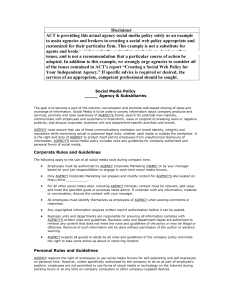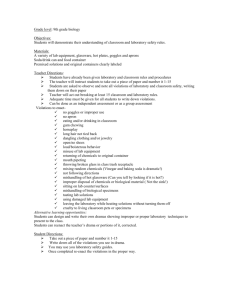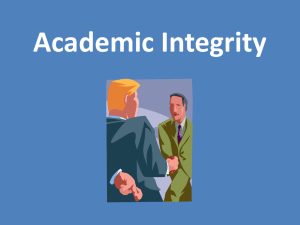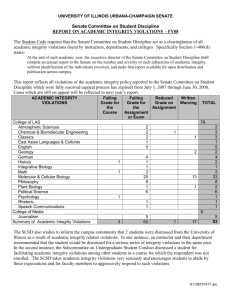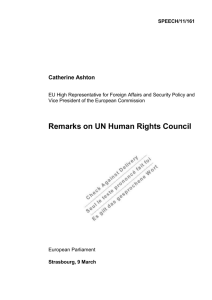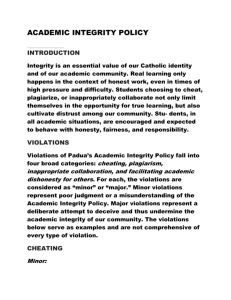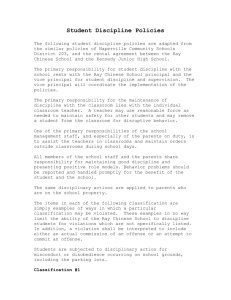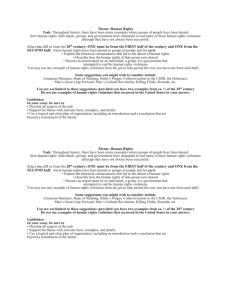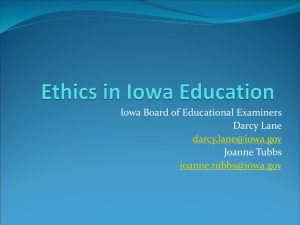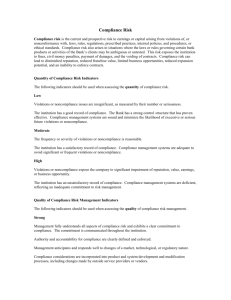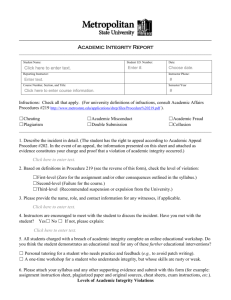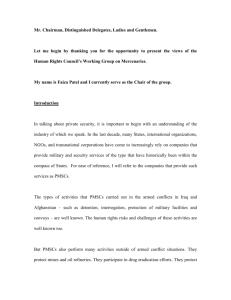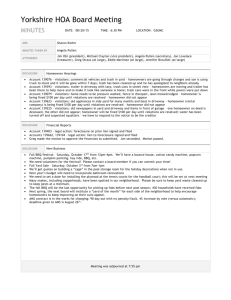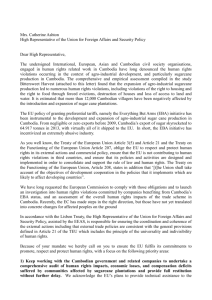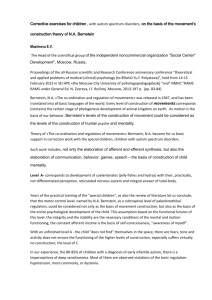ICAI_2014_Paul_Sopcak - Center for Academic Integrity
advertisement
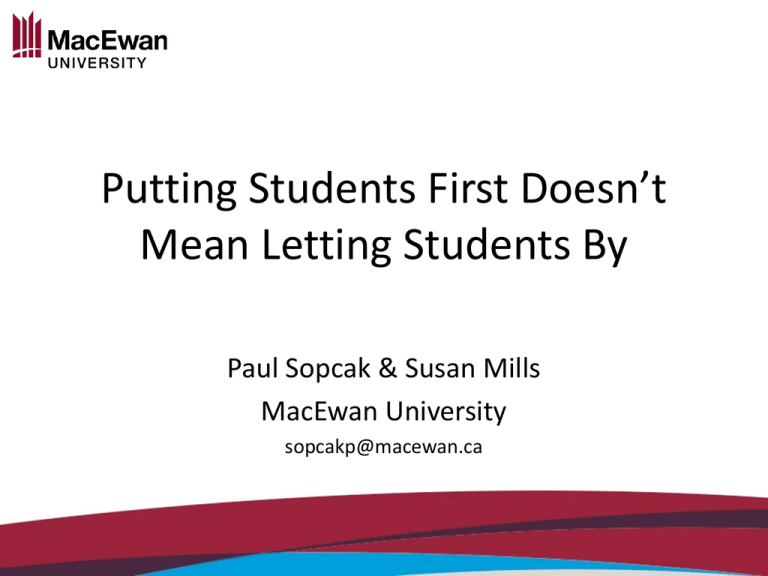
Putting Students First Doesn’t Mean Letting Students By Paul Sopcak & Susan Mills MacEwan University sopcakp@macewan.ca Overview – Factors that deter faculty from buying into the “culture of AI” and its related procedures – Potential consequences of faculty “doing their own thing” – Ways to encourage faculty to buy into and promote a culture of AI that puts students first • Administrative ways • Principled ways – Conclusion: Putting students first does not have to mean letting them by Factors Keeping Faculty From Buying-In • • • • • • • Time Fear of ruining student’s career/future Lack of knowledge of policy and procedures Feeling of breach of trust Feeling of violating their teaching mandate/vocation Feeling of turning their students in/hypocritical Resistance to what is perceived as a culture that puts rules, not students, first Dangers of Faculty Not Buying-In • Inconsistent Dealings with AI violations across institution • Undermining culture of AI and student buy-in • Undermining student’s rights • Making institution vulnerable to lawsuits • … Administrative Ways of Encouraging Faculty Buy-In • Make procedure and resources intuitive, easy, quick (templates and flowcharts) • Educate faculty on curriculum development, classroom management, policy, procedures, statistics, and dispel myths • Put penalty decisions for first offenders in their hands and remind them that they are in control • Get provost or dean to stress importance of following policy procedures Principled Ways of Encouraging Faculty Buy-In • Stress potential consequences of “dealing with cheaters in their own way” • Stress their teaching mandate/vocation and the learning opportunity that AI violations provide • Remind faculty that half of AI violations are unintentional (lack of skill & knowledge) • Encourage faculty to treat AI violations as policy violations rather than ethical transgressions, when appropriate • Get faculty to reflect on the power of their language to encourage or stifle learning: “dishonesty,” “misconduct,” “penalty” should not be used lightly, for instance Possible Objection and Response • Objection: “We are letting students by, when we focus on prevention and education over punishment.” • Response: 2-step approach (separate procedures for first and multiple violations) ensures: – Penalties for multiple cheaters are appropriate and consistent across the institution – Faculty has control over consequences for first (not “serious”) violations – Best of both worlds with a focus on student learning Conclusion • Being fair, consistent, sensitive to unintentional violations, and focusing on the learning experience, puts students first and does not have to mean being “soft” or letting students by

